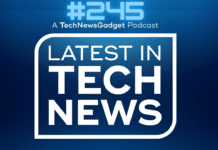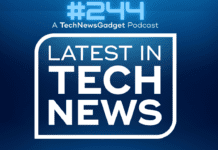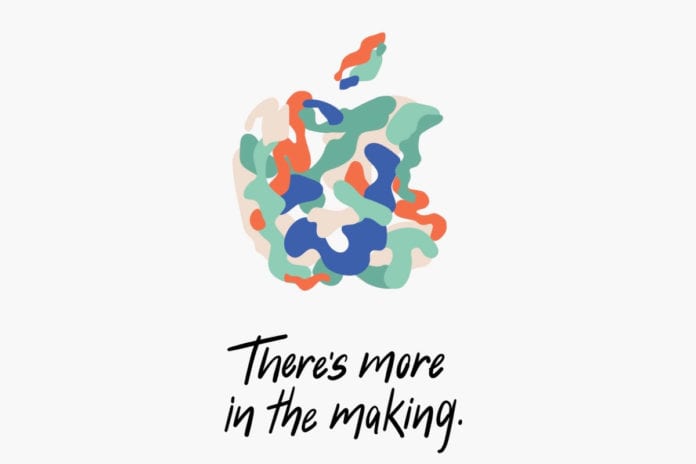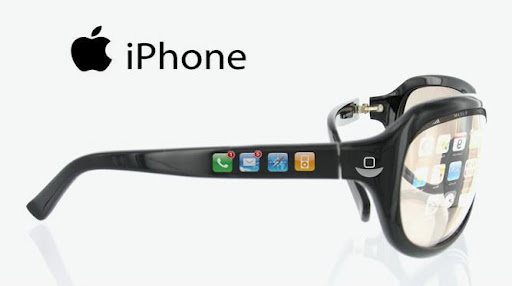This episode was recorded LIVE on Mixer! If you want to be part of the live show along with the chance to win some free stuff, you should join us!
Listen Now
Looking for the video for today’s show? Click here!
!Shownotes:
Apple’s new MacBook Air blows the regular MacBook out of the water on price and power
Apple finally gave the MacBook Air a big upgrade. I only spent a few minutes with it Tuesday, but I already think it’s the Apple laptop that most people will probably buy. By size, it fits right between the regular MacBook and the MacBook Pro. In cost, it’s cheaper than both. It starts at $1,199 — admittedly more expensive than the original $999 MacBook Air — but it’s more powerful than the smaller standard MacBook, which starts at $1,299. It’s sort of weird, and I can’t think of many reasons to buy the smaller and more expensive MacBook, unless you just want a bit more portability. Given that iPad sales have continued to outpace Mac sales, however, its strongest competition might be Apple’s new iPad Pros.
Apple iPad Pro specs compared: how the iPads stand out
Apple announced new 11-inch and 12.9-inch iPad Pros in New York today, which now come with Face ID, a USB-C charging port, and a new “Liquid Retina” display. Aesthetically, they’ve got slimmer bezels that only come in black, like the new MacBook Airs. The black bezels, when paired with the Smart Keyboard Folio, make the iPad Pro look closer to a laptop than it ever has before. They also allow for the 11-inch model display to fit a bigger screen into the same overall dimensions as the prior 10.5-inch model. The iPads also lose their home buttons entirely in favor of the iOS 12 gesture controls found in Apple’s new iPhones. Swiping across the various edges of the screen now brings up the home screen, lets you switch apps, and pull up the Control Center, Notification Center, and Dock.
Apple Launches New Mac Mini: Up to 6 Cores, 64 GB RAM, 2 TB SSD, & TB3
Apple on Tuesday introduced its first new small form-factor PC in four years. The new Mac mini is based on Intel’s latest Coffee Lake processors with up to six cores and improves the SFF system in almost all ways possible, making the miniature PC almost as capable as regular desktops. With that said, the considerably higher performance enabled by the new Mac mini also comes at higher price points when compared to the predecessors. Apple’s Mac mini desktops are designed for SOHO market segment as well as everyday workloads that normally do not require very capable hardware. Meanwhile, historically Apple used mobile processors for its Mac mini, which the company found good enough for the market segment. With its 2018 SFF desktops Apple is changing the game here: the company now calls its Mac mini a “workhorse” and therefore uses Intel’s custom 8th Gen Core CPUs with four or six cores operating at 4.6 GHz Turbo Boost frequency. In a bid to cool the processor down, Apple uses a brand-new cooling system featuring a blower.
SWITCH SALES PASS 22 MILLION, ZELDA: BREATH OF THE WILD HITS 10 MILLION COPIES SOLD
The Nintendo Switch continues to be a sales success, with Nintendo’s latest financial report placing the console at nearly 23 million units sold since its launch last year. In a new earnings report, Nintendo revealed that over the last six months the Switch has managed to sell more than 5 million units, with a slight increase in sales compared to this time last year. The new numbers now mean the Switch has almost doubled sales of the Wii U, and has overtaken GameCube’s total figure.
Old School RuneScape is officially available on Android as a free-to-play release
Back in September Jagex announced that Old School RuneScape would be releasing on Android on October 30th, and lo and behold, OSR Mobile is now officially available on the Play Store as a free-to-play release. That’s right, the members beta is finally over, which means OSR Mobile no longer requires a subscription to jump in and enjoy its classic MMORPG gameplay.
Red Dead Redemption 2 Is Beautiful on Xbox One X, Deserves PC Release
In the weeks leading up to the release of Red Dead Redemption 2, much of the focus has been on Rockstar’s labor conditions. Not only have company reps repeatedly put their feet in their mouths regarding crunch and credit, but Kotaku’s own Jason Schreier wrote up a wonderful article with dozens upon dozens of sources from both past and present Rockstar staff. The conversation that’s been happening has been at least partially fruitful, and we’re all better off knowing more about how our games get made by real people. With the legitimate and serious concerns about the various Rockstar studios in mind, there’s no doubt that the countless devs who have worked hard for years on end are excited for the world to finally play the game. Let’s jump in, and see exactly what this worldwide team has been toiling over since the release of GTA V.



















